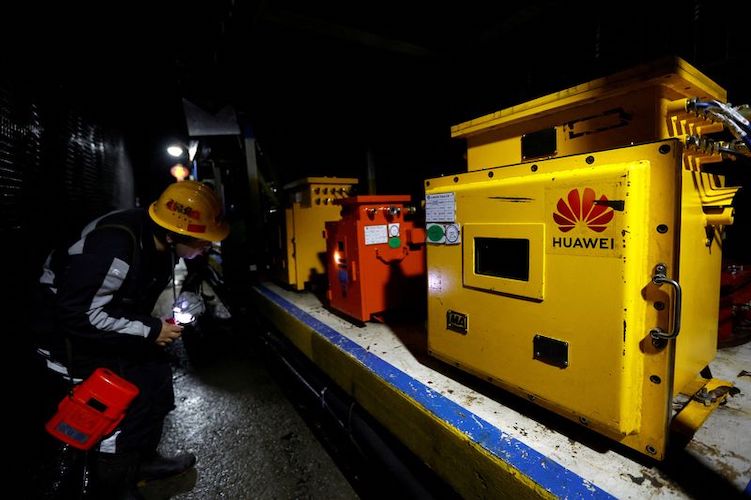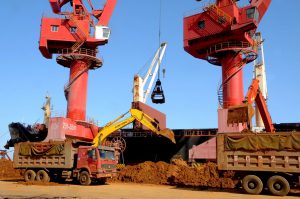At the Hongliulin mine in northern Shaanxi province there is a curious mix of the old and new – the latest in modern mining technology at a coal mine that most of the world would probably like to see shut down.
The state-owned Shaanxi Coal Group has launched automated technology to improve the mine’s safety and efficiency as China continues to turn a deaf ear to the world’s plea to end its use of coal for power.
China’s total renewable energy capacity is surging – it exceeded 1,000 GW in 2021, accounting for 43.5% of the country’s total power generation capacity, but so is the country’s much greater use of coal.
Provincial officials have been in no rush to shut down coal power sources, despite increasing extreme weather events. Indeed, they have dramatically ramped up their approval of new coal projects, with over 20 gigawatts of projects in the first quarter of 2023.
ALSO SEE:
China ‘Needs to Fix its Electricity Grid, Not More Coal Power’
Machines replacing miners
But this report is about the dramatic change occurring in China’s mining industry – the world’s largest and a sector long plagued by safety lapses. Today, miners are being replaced by machines.
At Hongliulin mine, telecoms equipment giant Huawei Technologies has installed 5G technology that reduces the number of workers underground, replacing them with machines directed from the comfort of air-conditioned “virtual mines” on the site’s surface.
The system, in place for a year, has reduced the number of underground workers by 18%, according to Huawei, which is diversifying into smart mining, infrastructure and energy systems after several rounds of US restrictions cut it off from technology essential to its once dominant handset business.
“No person working underground. That is our ultimate goal”, Shi Chao, director of the intelligence department at the Hongliulin mine, said during a media tour this week.
The nearby Xiaobaodang mine, also owned by Shaanxi Coal, has cut its underground staff by 42%.
The project in China comes after a more than decade-long push by top global miners like Rio Tinto and BHP Group to add automation to improve safety, cut costs and better attract workers.
A deadly sector
Coal mines in China, which produced more than half the world’s coal last year, are among the deadliest, with accidents causing almost 250 deaths in 2022, a six-year high.
China’s National Energy Administration is urging miners to accelerate their adoption of “smart mining” technology in a bid to improve safety and efficiency as coal output grows with Beijing’s efforts to bolster energy security even as it expands its use of renewable sources.
“Mining is a highly regulated industry – the regulator has a very strong voice in this, especially in China,” said Xu Jun, chief technology officer of Huawei’s mines team during the mine tour in China’s northwestern Shaanxi province.
The miner declined to comment on cost savings, but use of 5G-enabled automated mining systems from China Mobile and ZTE in the nearby Dahaize coal mine reduced coal costs by 12 yuan per tonne ($1.84) and labour costs by 20 million yuan ($2.89 million) per year, according to a 2021 study by GSMA, a global smart mobile networks industry association.
Huawei says the Hongliulin mine spent about 200 million yuan on installing intelligent mining.
More than 1,000 Chinese coal faces with total production capacity of 620 million tonnes per year now use smart technology, the National Energy Administration said this month, accounting for around 14% of last year’s output.
The market could be worth 600 billion yuan, Xinda Securities estimated last year, based on demand from 3,000 mines.
- Reuters with additional editing by Jim Pollard
ALSO SEE:
Huawei Replaces US-Sanctioned System That ‘Threatened Survival’
Greed, Inefficiencies Fuel China’s Costly New Coal Power Plants
China Expecting Record Rise in Solar Power Capacity This Year
Critical China Factory Hubs Face Greatest Climate Change Risk






















